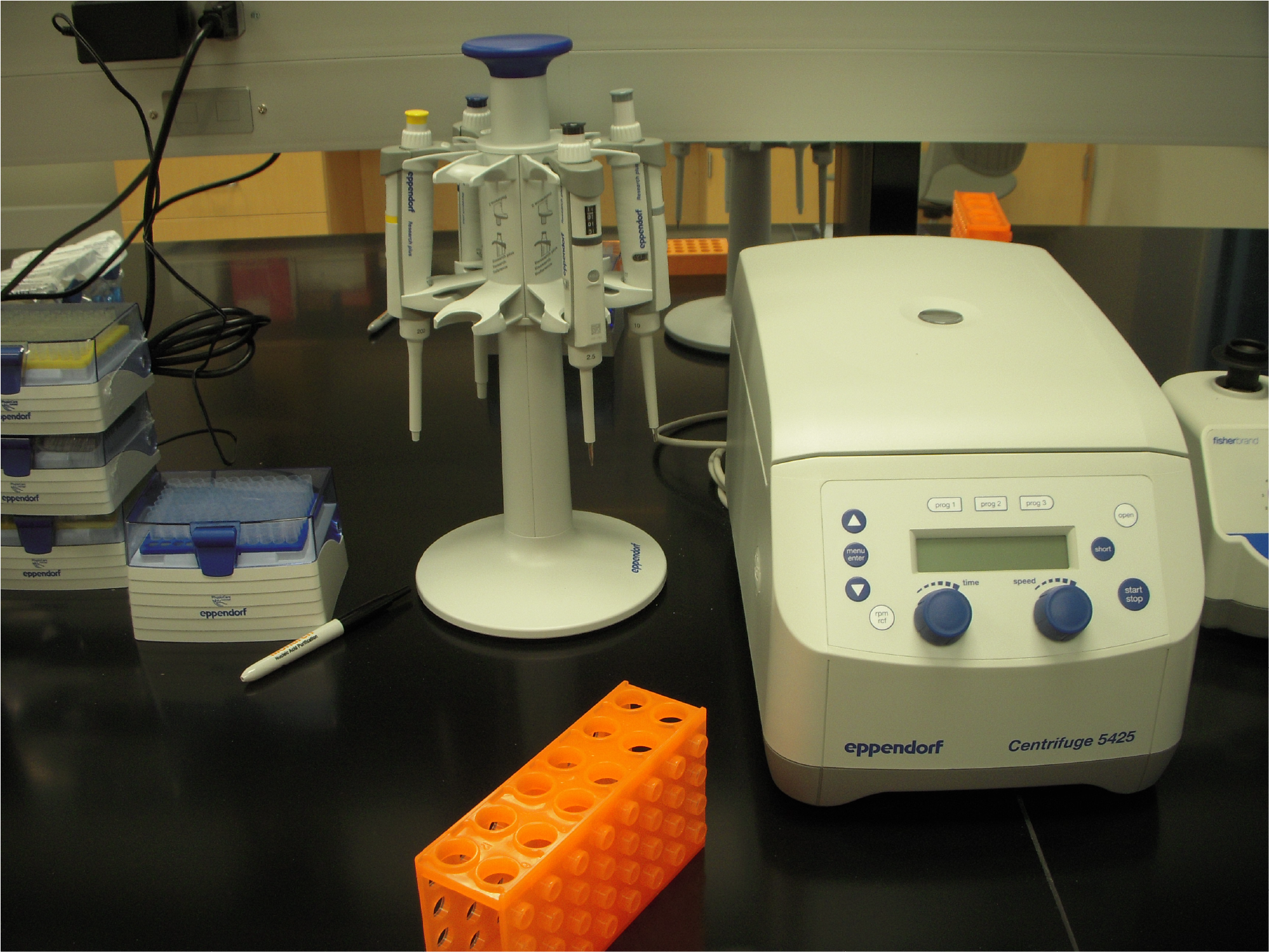1/8/2021 – For our first meeting of 2021, we discussed Liu, et al.’s 2021 paper on the nuclear structurome from the Ding lab. The authors used Arabidopsis seedlings (dunked in RNA secondary structure chemical probing reagents) to develop RNA structures on cytoplasmic and nuclear RNAs. At the core of this paper is the idea that in vivo and in vitro RNA structures differ significantly and, by extension, that precursor mRNA and mature mRNA also have dramatically different structures. This would imply that the structures of mature mRNAs are not accurate representations for understanding RNA binding protein recognition, particularly in the context of splicing and alternative polyadenylation. The authors also support the ability of SHAPE reagents (NAI) to detect protein binding by comparing the reactivity of “deproteinized” RNAs to RNA protein complexes. By comparing the reactivity of the nuclear and cytoplasmic RNAs, Liu et al. detect a 2-nucleotide “structural motif” of unstructured RNA at the -1 and -2 positions around the 5′ splice site (within the exon). This “motif” corresponds with better recognition of the splice site and, in their experiments, are the only nucleotides required to be unpaired within the entire U1 snRNP recognition motif (spans -3 to +6). They did not detect a clear structural signal at the 3′ splice site, but did see an increase in single-stranded signal around the branch point. Likewise, strong polyadenylation signals have an overall high reactivity, suggested unpaired nucleotides. Is the difference between nuclear and cytoplasmic RNA structure due to protein binding differences between the two compartments? What the mechanism underlying dramatic structural changes? Is this an active process or inherent in the splicing transition where two exons form newly conjoined sequences that rearrange? I think the idea of RNAs with difference nuclear and cytoplasmic structures is intriguing. I’d like to see whether this concept and the 5′ splice site “structural motif” hold up humans.
Upcoming (1/15/2021) – We will discuss Marinus et al.‘s publication on novel SHAPE reagents with new abilities from the Incarnato lab!
